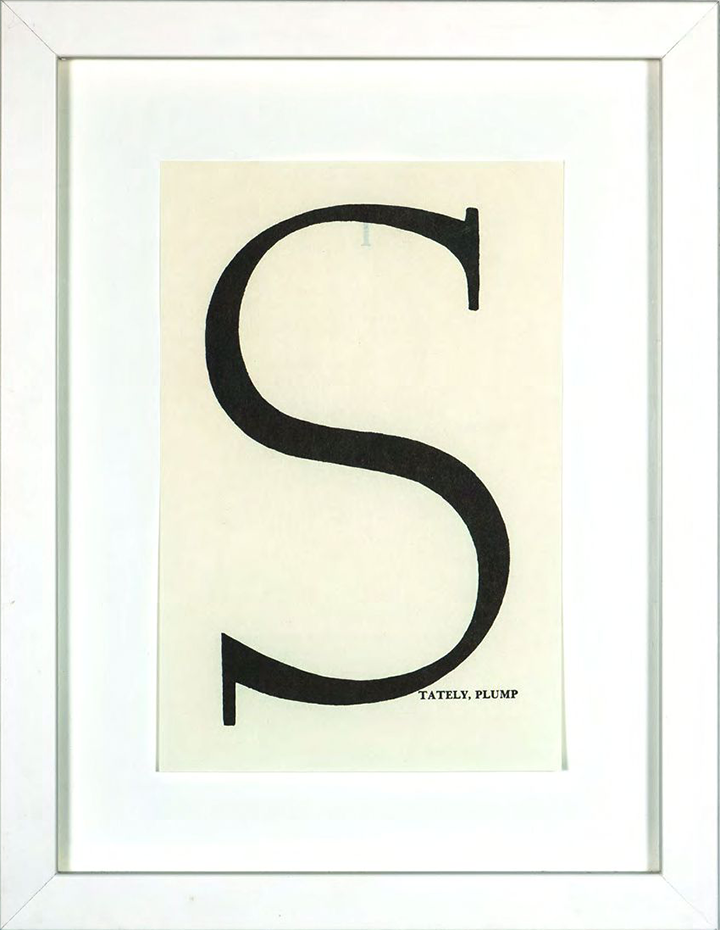

It's [...] one of several instances in the novel when attention is drawn to letters themselves, that is, to the raw material of language [...].
In " Joyce's forest of symbols, " the critic Guy Davenport suggests that words in Ulysses can be scrutinized for what is called the " Kells effect, " which he defines as " the symbolic content of illuminated lettering serving a larger purpose than its decoration of geometry, imps, and signs. " For instance, the original connotations of the first two words of the novel — " stately " is an adjective for kings, and " plump " is for plebeians — encapsulate the conflicts in the opening chapter. At the same time, the last word of the novel, " yes, " is contained within the first, " stately. " Thus prominent letterforms, such as those at the beginning or at the end of a chapter, can serve a larger thematic and structural purpose within the book.
– " A Die with 26 Faces, " Louis Ltithi, Bulletins of The Serving Library #3, 2012
Ernst Reichl, Opening page of the first U.S. edition of James Joyce's ulysses, 1934, this page from an unknown edition, 30.5 x 23.5 cm